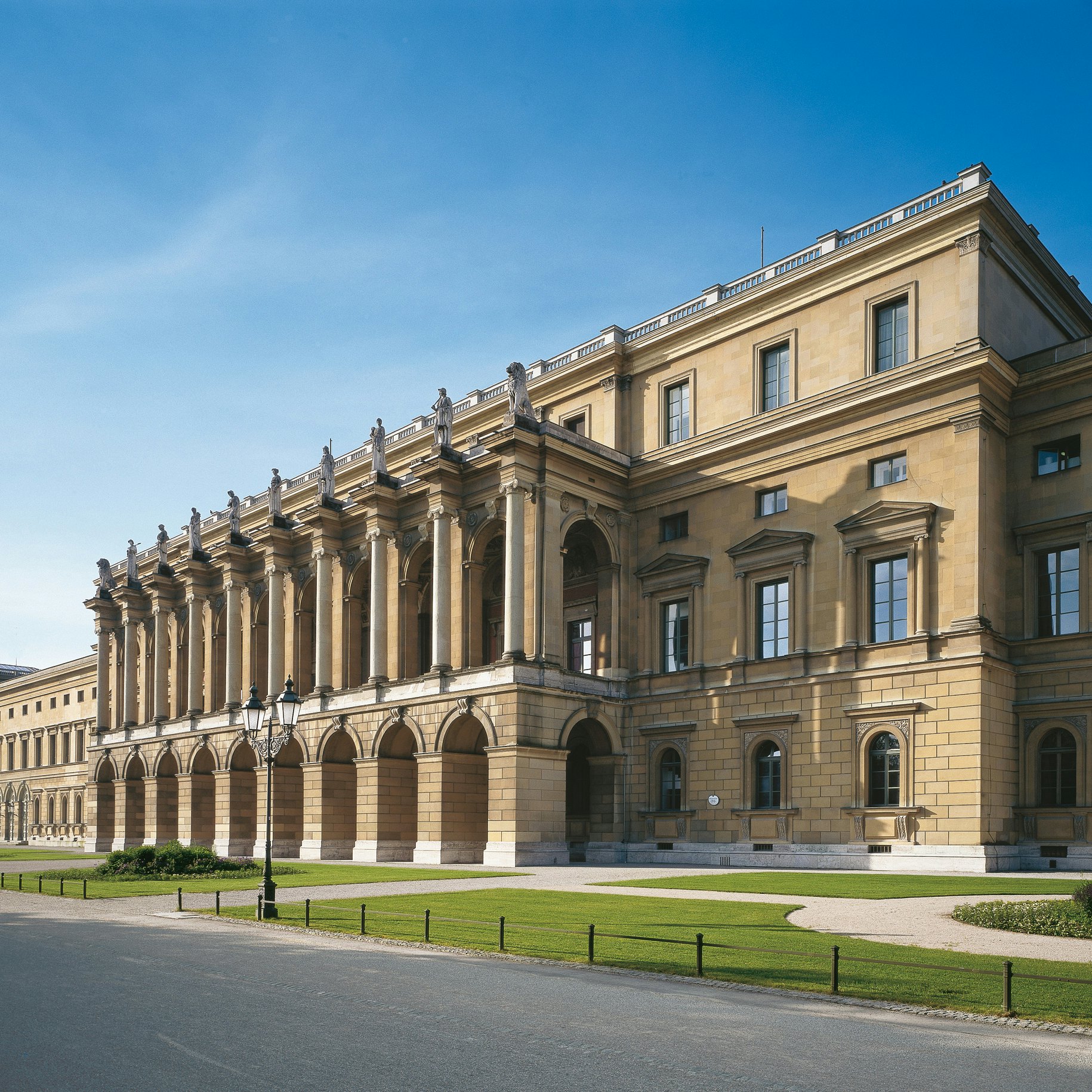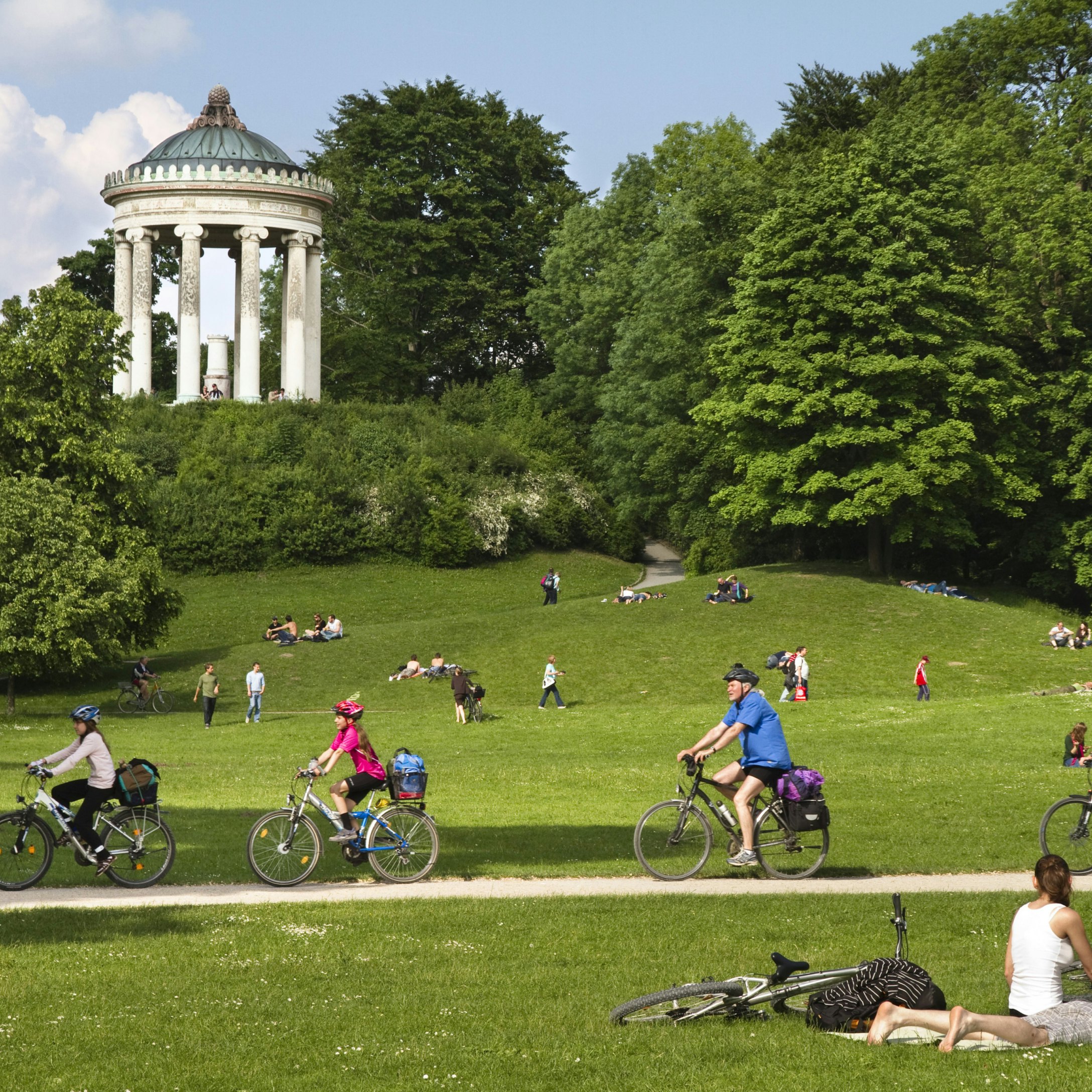
Overview
Tall tankards and high-tech cars, edgy art and Lederhosen – Munich is where traditional and modern sit side by side like few places on earth.
Leave the planning to a local expert
Experience the real Munich. Let a local expert handle the planning for you.
Must-see attractions
Planning Tools
Expert guidance to help you plan your trip
Best Things to Do
With its sprawling parks, sensational museums and (yes) lots of beer, Munich is hard to resist. Here are 12 of the top things you can do in the city.
Read full article
Best Time to Visit
Munich has fantastic activities and events for travelers to enjoy throughout the year.
Read full article
Things to Know
From shop closing times to transport tips to etiquette at restaurants, here are a few essential things to know before your next trip to Munich.
Read full article
Transportation
From walking round the old town to exploring further afield by train, bus or tram, get to know Munich with this guide to transportation.
Read full article
Free Things to Do
From hearing live music to touring royal gardens, here are the very best free things to do in Munich.
Read full article
Best Neighborhoods
Explore beyond Munich’s city center with this neighborhood guide.
Read full article
Day Trips
Venture beyond magnificent Munich to discover Bavarian mountains, fairy-tale castles and incredible culture on a day trip. Here are 10 of our favorites.
Read full article
Money and Costs
It may be Germany's most expensive city but there are still plenty of ways to visit Munich on a budget if you know how.
Read full article
Traveling with Kids
Munich may be famous for its beer festivals but it's actually a great destination for kids. Here's how to have an amazing trip with the tots in tow.
Read full article
Get a book. Get inspired. Get exploring.
in partnership with getyourguide

















